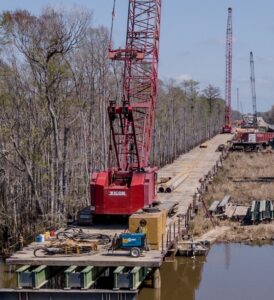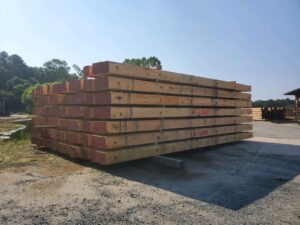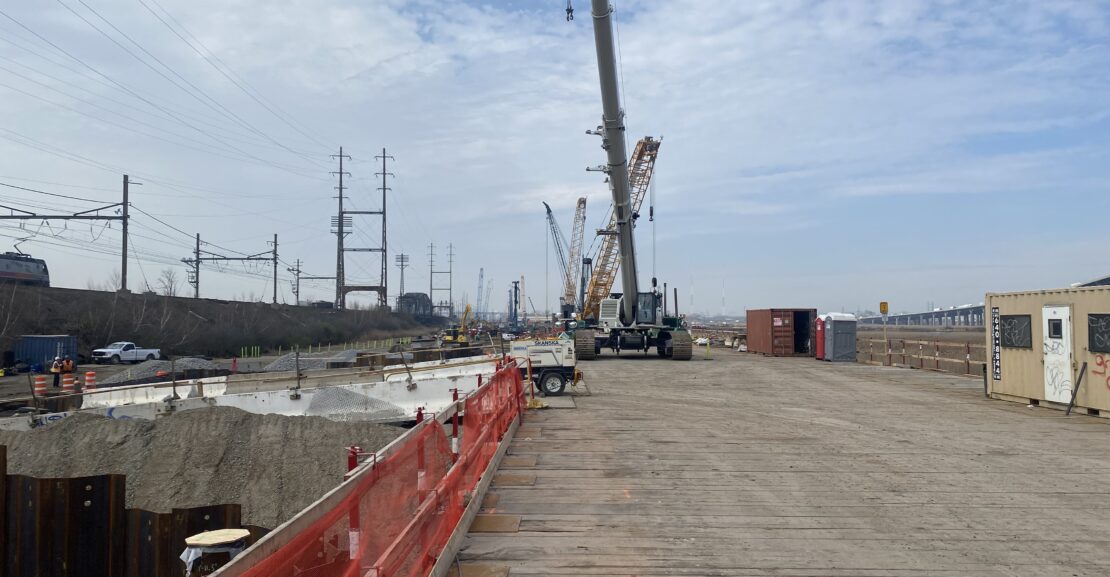 Timber crane mats, often referred to simply as crane mats, are indispensable tools in the world of heavy construction and industry. These robust wooden platforms serve as a foundation for cranes and other heavy machinery, distributing their weight over a larger surface area and protecting the ground beneath. However, the world of crane mats is not one-size-fits-all. A variety of crane mats exist, each designed for specific purposes and tailored to different types of projects. In this article, we will explore the diverse landscape of timber crane mats, delving into the various types available and shedding light on their individual applications. Understanding the characteristics and uses of these mats is crucial for construction professionals seeking to optimize safety, efficiency, and cost-effectiveness in their projects. So, join us as we navigate through the world of timber crane mats, uncovering the versatility and utility they bring to the construction site.
Timber crane mats, often referred to simply as crane mats, are indispensable tools in the world of heavy construction and industry. These robust wooden platforms serve as a foundation for cranes and other heavy machinery, distributing their weight over a larger surface area and protecting the ground beneath. However, the world of crane mats is not one-size-fits-all. A variety of crane mats exist, each designed for specific purposes and tailored to different types of projects. In this article, we will explore the diverse landscape of timber crane mats, delving into the various types available and shedding light on their individual applications. Understanding the characteristics and uses of these mats is crucial for construction professionals seeking to optimize safety, efficiency, and cost-effectiveness in their projects. So, join us as we navigate through the world of timber crane mats, uncovering the versatility and utility they bring to the construction site.
1. Standard Crane Mats: Standard crane mats, often made from hardwood timbers like oak or fir, are the workhorses of the construction industry. These mats are typically used in a wide range of projects, from building construction to pipeline installation. Their durability and load-bearing capacity make them ideal for supporting the heavy equipment used in these applications. Standard crane mats are available in various sizes, with the choice depending on the specific project’s requirements.
2. Transition Mats: Transition mats, sometimes called wedge mats, are designed to create a smooth, level surface when the terrain is uneven or sloped. These mats are often used at the entry and exit points of construction sites to facilitate the movement of heavy machinery onto and off of the site. They help reduce the risk of machinery becoming stuck or tipping over due to uneven ground.
3. Swamp Mats: Swamp mats, also known as timber mats or access mats, are engineered for use in wet or soft ground conditions, such as marshes, swamps, or muddy terrain. They provide a stable surface for cranes and heavy equipment to traverse without sinking into the soft ground. Swamp mats are typically larger and thicker than standard crane mats to distribute weight effectively.
4. Rig Mats: Rig mats are specialized crane mats designed for use in the oil and gas industry and other heavy-duty applications. They are often used to create stable work platforms for drilling rigs, well-service equipment, and other machinery in remote or challenging environments. Rig mats are known for their durability and ability to withstand extreme conditions.
5. Outrigger Pads: Outrigger pads, while not technically mats, are essential accessories used to support the outriggers of cranes and heavy equipment. These pads are placed under the outriggers to distribute the weight and prevent the equipment from sinking into the ground. Outrigger pads come in various materials, including wood, composite materials, and high-density plastic.
In conclusion, timber crane mats are versatile tools in the construction and heavy industry, each tailored to specific project requirements. Understanding the different types of crane mats and their applications is vital for construction professionals to ensure safe, efficient, and successful projects, regardless of the terrain or environmental challenges they may face.

What are the different types of timber mats available and what they are used for?
The article explains how timber crane mats are crucial in construction, with various types for specific needs. Standard mats are versatile, transition mats level uneven ground, swamp mats work on soft terrain, rig mats suit heavy-duty applications, and outrigger pads provide stability. Understanding these types ensures safer and more efficient construction projects.
